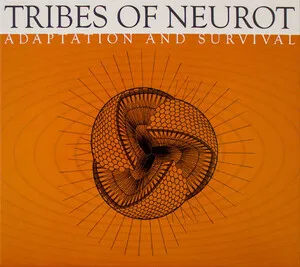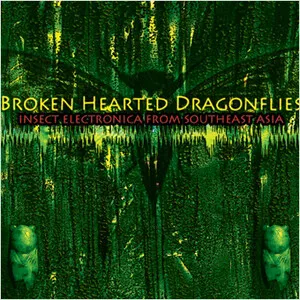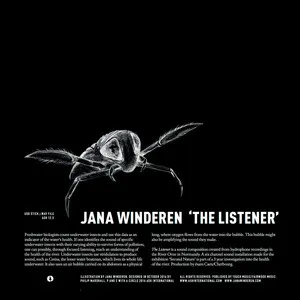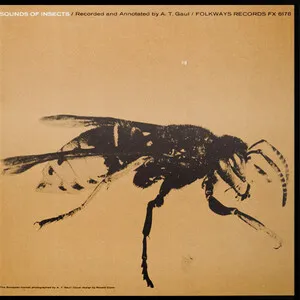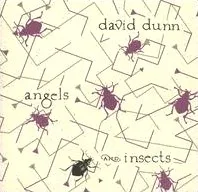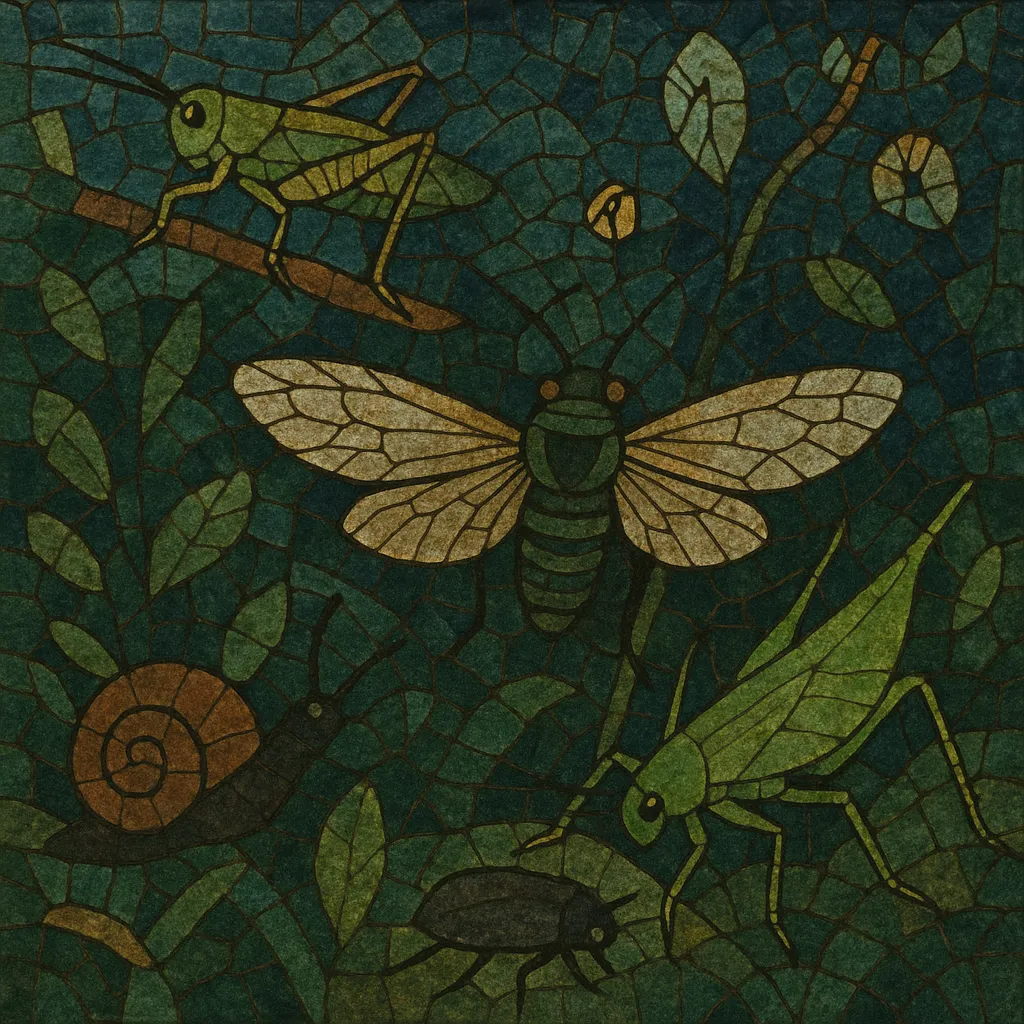
Insect sounds is a nature-recording genre focused on capturing the acoustic life of insects—crickets, katydids, cicadas, grasshoppers, beetles, and other arthropods—both as documentary field recordings and as contemplative listening material. It privileges unmanipulated, high-fidelity ambience where the insects’ rhythms, choruses, and timbral details become the "music."
While scientific collections and sound archives existed earlier, the genre coalesced as a consumer-facing category during the 1970s–1990s alongside nature-sound albums and the field-recording movement. Releases range from taxonomically organized reference compilations to immersive nocturnal soundscapes that emphasize place, season, and time of day.
Aesthetically, insect sounds overlap with ambient, new age, and sound art: long takes, minimal intervention, and a strong sense of space. Technically, it relies on specialized microphones (parabolic dishes, contact mics) and high sample rates to render subtle stridulations and ultrasonics with clarity.
Pioneers of wildlife sound recording such as Ludwig Koch proved that non-musical soundscapes could be compelling on record. At the same time, bioacousticians began cataloging insect songs for research, using increasingly portable recorders and parabolic reflectors to document species-specific calls.
With the rise of field recording as a creative practice and a parallel boom in nature-sound LPs and cassettes, labels and recordists started issuing focused collections of insect choruses—especially crickets and cicadas. In North America and Europe, naturalists like Bernie Krause and Lang Elliott popularized biophonic listening, framing insects as key voices in intact habitats.
Artists such as Chris Watson and Francisco López incorporated insect biophony into long-form soundscapes and gallery works, blurring documentary and composition. High-resolution digital recording (96–192 kHz) enabled capture of harmonics and ultrasonics, while better noise reduction preserved quiet detail.
Today the genre spans reference albums for identification, conservation-minded soundscape releases, and artistic works that center insect choruses as the main musical material. Recordists employ contact mics for plant-borne signals, parabolic dishes for focused stridulation, and structured sequencing to present dusk-to-dawn cycles, seasonal changes, and habitat contrasts.

%2C%20Cover%20art.webp)
